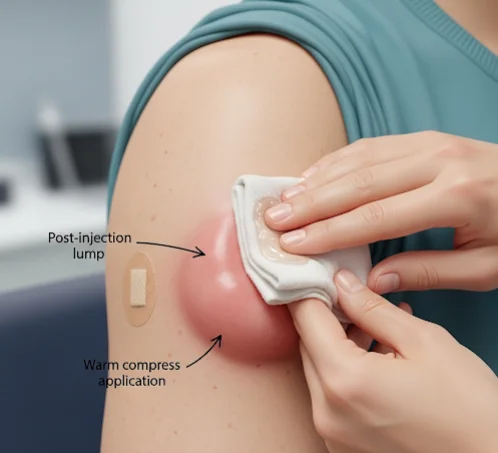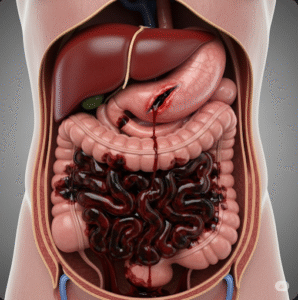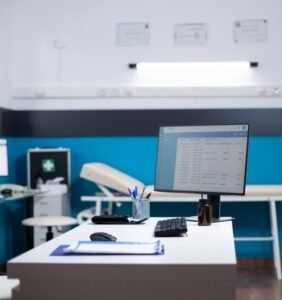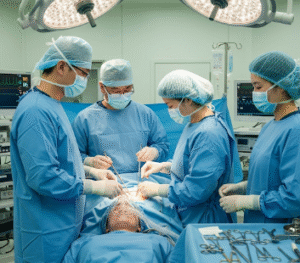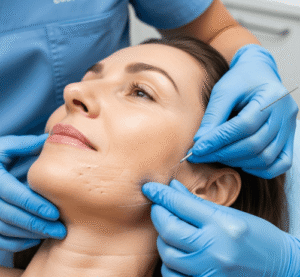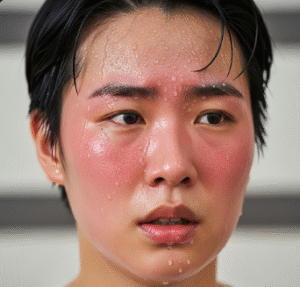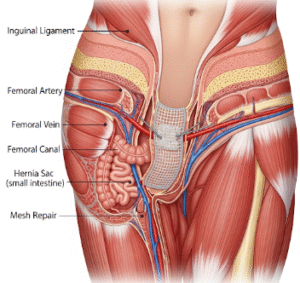What it is
→ Post-injection lump care refers to the medical and cosmetic management of small lumps, bumps, or nodules that may form under the skin after injections.
→ These lumps can develop following cosmetic injectables (such as dermal fillers, Botox, mesotherapy, PRP), medical injections (vaccines, antibiotics, corticosteroids), or even routine intramuscular shots.
→ They usually occur when material is not evenly distributed, the body reacts to the injection, or there is mild trauma to the tissue.
→ Most lumps are benign and temporary, but proper care ensures faster resolution, prevents complications, and improves cosmetic outcomes.
Why it’s done
→ Post-injection lump care is performed to:
- Reduce discomfort and swelling caused by localized reaction.
- Smooth uneven skin following cosmetic injections.
- Prevent infection or abscess formation.
- Avoid long-term complications, such as granulomas or fibrosis.
- Provide patients with confidence and reassurance after aesthetic procedures.
→ It is especially important for:
- Patients who undergo dermal filler injections in sensitive facial areas.
- Individuals prone to delayed inflammatory reactions.
- Those receiving frequent injections, such as insulin or vitamin shots.
Alternatives
→ Alternatives to professional post-injection lump care include:
- Self-massage → gently massaging small lumps (only if advised by a doctor).
- Cold compresses → immediately after injection to reduce swelling.
- Warm compresses → after 48 hours to improve circulation and absorption.
- Over-the-counter creams → such as arnica gel or heparin cream.
→ While these may help mild cases, professional evaluation is necessary if lumps persist, grow, or become painful.
Preparation
→ Before beginning lump care, patients should:
- Consult their provider → especially if the lump is after dermal fillers or medical injections.
- Avoid self-treating aggressively → squeezing or poking lumps can worsen inflammation.
- Monitor symptoms → track size, pain, color changes, or tenderness.
- Prepare aftercare supplies → soothing ointments, cold packs, and clean gauze if needed.
- Check medical history → inform the doctor of allergies, previous filler reactions, or clotting disorders.
How it’s Done
→ Post-injection lump care typically involves:
- Immediate care (first 24 hours)
- Apply cold compresses intermittently to reduce swelling.
- Avoid vigorous rubbing or massaging unless advised by the injector.
- Keep the area clean and avoid makeup on fresh injection sites.
- Early care (days 2–7)
- Switch to warm compresses to increase circulation.
- Gentle massage may be performed under professional instruction (for filler lumps).
- Topical creams (arnica, heparin, or anti-inflammatory gels) may be applied.
- Medical interventions (if needed)
- Hyaluronidase injections → dissolve hyaluronic acid fillers if lumps persist.
- Steroid injections → used for inflammatory nodules or granulomas.
- Antibiotics → if infection is suspected.
- Laser or ultrasound treatments → in rare cases, to break down stubborn nodules.
- Follow-up
- Dermatologist monitors healing and adjusts care if lumps do not resolve within 1–2 weeks.
→ Most small lumps resolve within a few days to weeks with proper care.
Recovery
→ Recovery is generally straightforward:
- Mild lumps → disappear within 3–7 days with compresses and massage.
- Filler-related lumps → may take 1–4 weeks, sometimes requiring hyaluronidase.
- Medical injection nodules → usually resolve within 2–3 weeks.
→ Patients are advised to:
- Stay hydrated and maintain a healthy diet to support healing.
- Avoid intense exercise, saunas, or alcohol for the first 24–48 hours post-injection.
- Use sunscreen if the injection site is on sun-exposed skin.
→ Full cosmetic improvement may take several weeks if additional corrective treatments are required.
Complications
→ Possible complications of post-injection lumps include:
- Persistent nodules → may indicate filler clumping or granuloma formation.
- Infection → redness, warmth, pus, or spreading pain requires immediate attention.
- Vascular compromise (rare, with fillers) → urgent medical care is needed if pain, blanching, or skin discoloration occurs.
- Pigment changes → hyperpigmentation or hypopigmentation after prolonged inflammation.
- Scarring → rare but possible if infection or aggressive handling occurs.
→ Prompt professional care significantly reduces these risks.
Treatment options in Korea
→ Korea is globally recognized for advanced injectable procedures and aftercare, including post-injection lump management.
- Specialized dermatology and aesthetic clinics → provide structured follow-up after fillers, Botox, or mesotherapy.
- Hyaluronidase expertise → Korean dermatologists are highly skilled at dissolving filler lumps with precise enzyme injections.
- Laser and ultrasound integration → used in select clinics to manage persistent lumps.
- Customized aftercare kits → patients often receive healing creams, cooling masks, and recovery serums post-injection.
- Aesthetic culture → quick bruise and lump resolution is a high priority in Korea, driving innovation in aftercare.
- International services → clinics in Seoul and Busan offer English-speaking staff and tailored protocols for medical tourists.
→ With its precision medicine, cosmetic focus, and advanced dermatology infrastructure, Korea provides some of the most effective post-injection lump care options worldwide.

